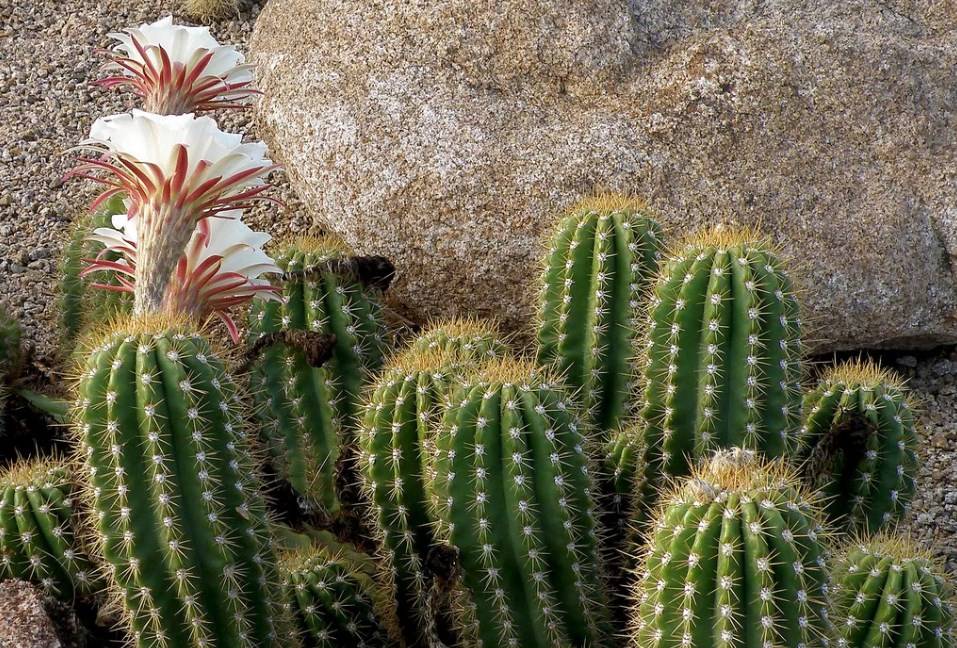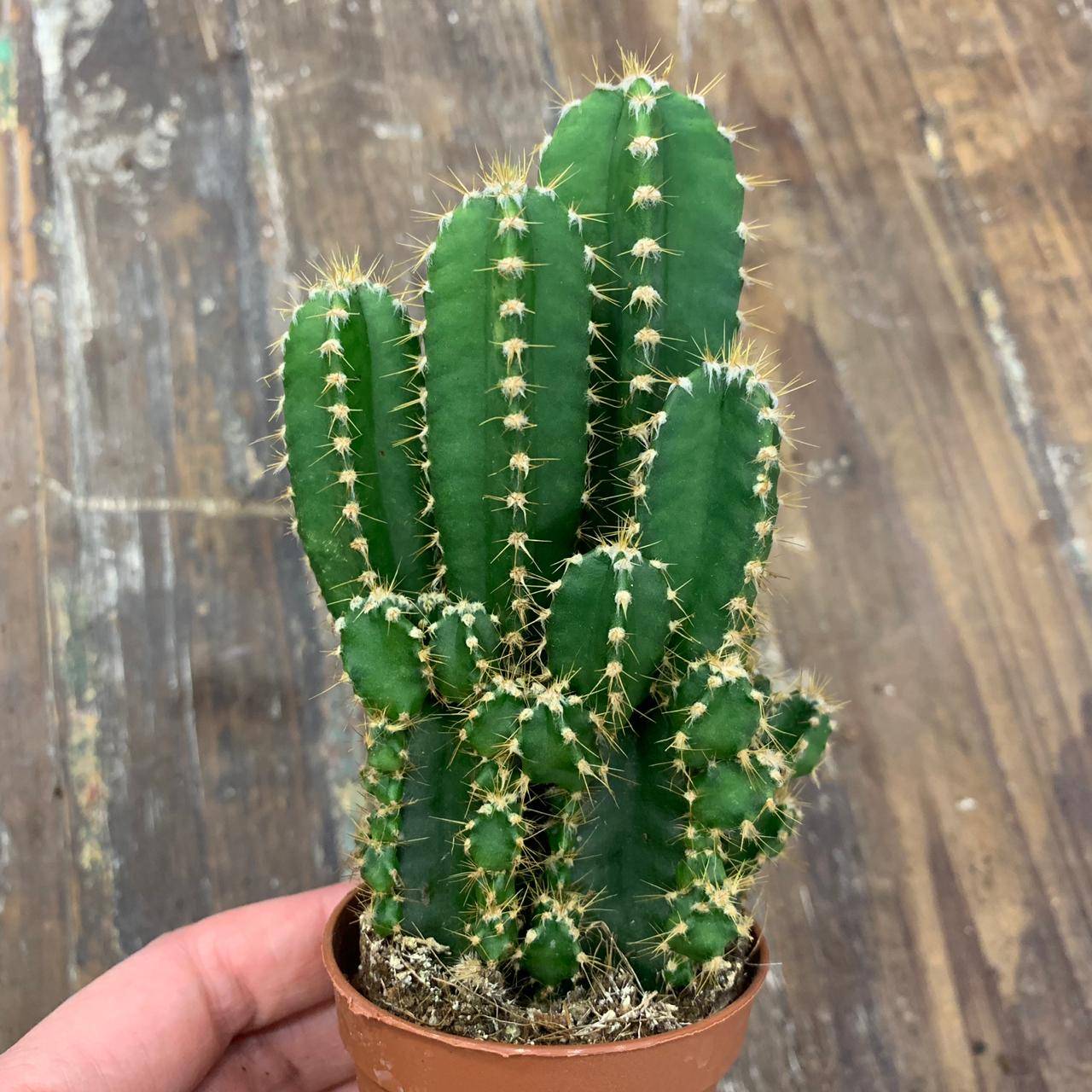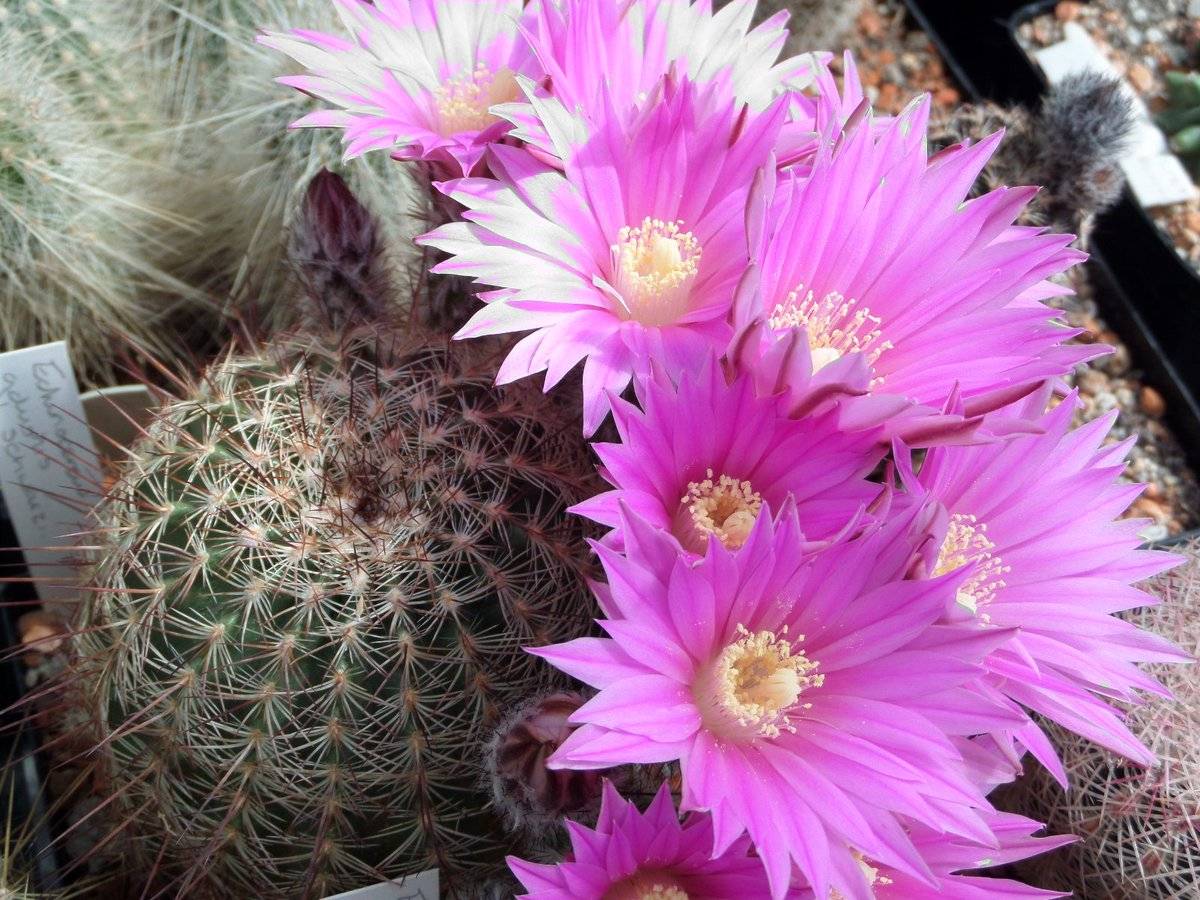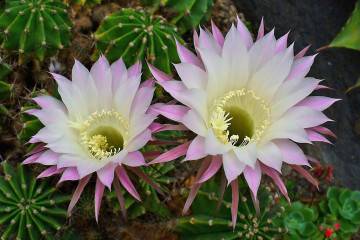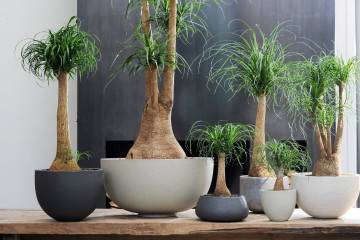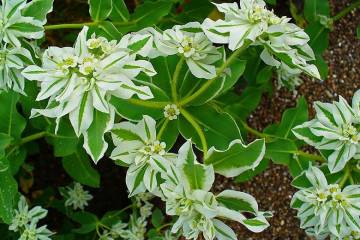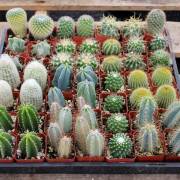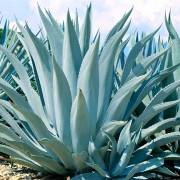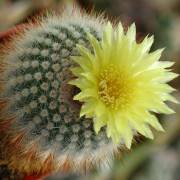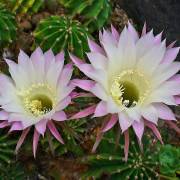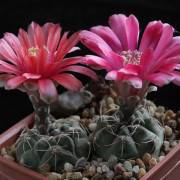Cereus cactus: popular plant species and caring for them at home
Content:
Decorative indoor plants help to recreate coziness and beauty in the house. Moreover, it is not at all necessary to give preference only to flowering crops, you can also choose an exotic plant, for example, a cactus. Most of them belong to the Cereus family. Cacti are unpretentious in care and cultivation, in 90% of cases they take root at home.
Types and varieties of cactus cereus
There are all kinds of species in the wild. Many of them are grown as decorative indoor plants. Cereus flower will become a real decoration of the interior of any room. The tireless work of breeders allows you to contemplate a large number of varieties, which can be small and not very. Some bloom profusely, while others have a rare flower. There are even nocturnal cacti whose flowers only bloom at night.
Cereus cactus peruvian
The Peruvian cactus is also called rocky. It is very common in Russia. The plant has an elongated cylindrical stem. Unusual notches are formed along the edges, directed from bottom to top. The stem has a rich green color with a characteristic gray tint. At home, subject to agrotechnical rules, it reaches a height of 0.5 meters. Rarely, but cases were recorded when the height reached 1 meter.
During flowering, white flowers form, the petals of which only open at night. During this period, the culture exudes a pleasant fruity aroma from itself. After flowering, a red berry is formed, suitable for human consumption.
Cereus monstrous
This variety is a subspecies of the Peruvian cactus. In the wild, its height can reach 6 meters, and about 5 meters in diameter. It is characterized by an unusual shape: the stem grows in an arbitrary direction, forming various simple shapes. The plant does not bloom, the annual growth of greenery is approximately 1 meter.
Also, this culture is grown at home. The stem is actively growing. The shape and size can be very diverse.
Chamecereus cactus
Chamecereus belongs to the cactaceae family. In the wild, they grow in Argentina. It is a low-growing plant of small size, which is excellent for decorating rooms. Forms stems about 15 cm high in light green color. Their surface is abundantly strewn with light needles. The plant is prone to branching, for the first time begins to bloom for 3-4 growing seasons.
Attractive funnel-shaped flowers, brick or bright red in color, are formed. The size is large, up to 7-8 cm in diameter. Propagated by seeds and shoots.
Cactus echinocereus
In the wild, this succulent plant grows in the southern regions of North America. But at the same time, it is often grown on windowsills as a decorative addition. It reaches a height of no more than 0.6 meters. The stem has a cylindrical shape, rounded on all sides. Branches strongly, forming a large number of processes. The needles are grouped into bunches, have a light color.
During flowering, large pink flowers of a pink funnel-shaped shape are formed. After flowering, a delicious, edible and healthy fruit is formed.
Other types
The Peruvian succulent plant has many other varieties that are grown at home:
- Cereus gigantic in height can reach 20 meters. The stem is branched, rather dense. Under favorable weather and climatic conditions it blooms from May to June, at this time large flowers of green, orange, red and yellow color are formed. After that, tasty edible fruits are formed in their place.
- Cereus azure got its name from the color of the stem. It has a light bluish tint. The stem is cylindrical, straight with ribs covered with needles. During flowering, funnel-shaped white flowers are formed.
- The Oreocereus cactus has a branched stem, the length of which is about 8 cm. The needles are of different colors: white, yellow and red. The culture begins to bloom on average in the tenth year of the growing season. The flowers are brick, lilac and purple in color.
- The cactus cephalocereus has a cylindrical stem, its height ranges from 10-20 cm. The main characteristic feature is the presence of white hairs on the stem. Thanks to them, the cactus looks fluffy. The plant does not bloom at home.
- Echinocereus knipple is characterized by the presence of an elongated stem with ribs, which are abundantly covered with white needles. During flowering, pale pink flowers are formed, which visually resemble chamomile.
- Echinocereus rubrispinus is a stunted culture with white needles on the stem. Blooms in spring with large pink flowers.
You can buy the plant at any specialty store.
Rules for caring for a cactus at home
It should be borne in mind when growing Peruvian cereus, which is easy to care for at home, that the plant is incredibly hardy. Therefore, it is often used as a rootstock for delicate and capricious indoor plants. The cactus itself is fairly regularly and moderately watered, loosened and fertilized.
The plant is light-loving, so it is recommended to grow it in well-lit rooms. The most suitable place is a windowsill on the south or southeast side. In order to prevent the appearance of burns on the stem as a result of direct sunlight, you need to accustom the culture to them gradually.
In winter, the optimal temperature regime for cacti is + 8-12 degrees, in spring and summer, temperature drops are no longer terrible for the plant. In summer, it is recommended to put it on the balcony or take it outside.
Watering succulents with overly hard and cold water is strongly discouraged. It is necessary to water the culture regularly, with the onset of autumn, the frequency of watering is reduced. In winter, it is rarely watered and not abundantly.
In spring and summer, it is also recommended to irrigate the cactus stalk regularly with clean and slightly warm water. For optimal growth and development of the crop, it is important to feed it regularly. You need to start fertilizing succulents from mid-spring to mid-July. Liquid fertilizers are best when added to the water to be irrigated.
After transplanting, cacti are not fed for 2-3 weeks, since the new soil mixture contains all the necessary nutrients. The substrate should be neutral or acidic, alkaline. Drainage is created from sand or brick chips.
For wintering, it is recommended to transfer the pot with the plant to a warm and lighted place. During the dormant period, Cereus is prohibited from turning relative to the sun.Fertilizing is also prohibited. Cacti are transplanted as needed, no more than once every 1-2 years. A wide and tall pot is used.
Breeding features
In the wild, plants reproduce by seed, but there are cases when fragments broken off from the stem take root, by analogy with cuttings. For example, rocky cacti at home can be propagated exclusively by cuttings.
Cuttings are obtained from cut shoots. To dry them, they need to be left in the fresh air for several days. The most suitable time for this is the beginning of spring or mid-summer. The cutting is planted in a low container, which is filled with a soil mixture with a composition optimal for succulents. The soil must be moistened. It usually takes two to four weeks for rooting. Rooted plants are transplanted into separate containers and looked after as if they were an adult plant.
Cereus cactus is an unpretentious culture with excellent decorative qualities. Everyone, without exception, can grow it. The main thing is to fulfill a minimum of agrotechnical requirements.
